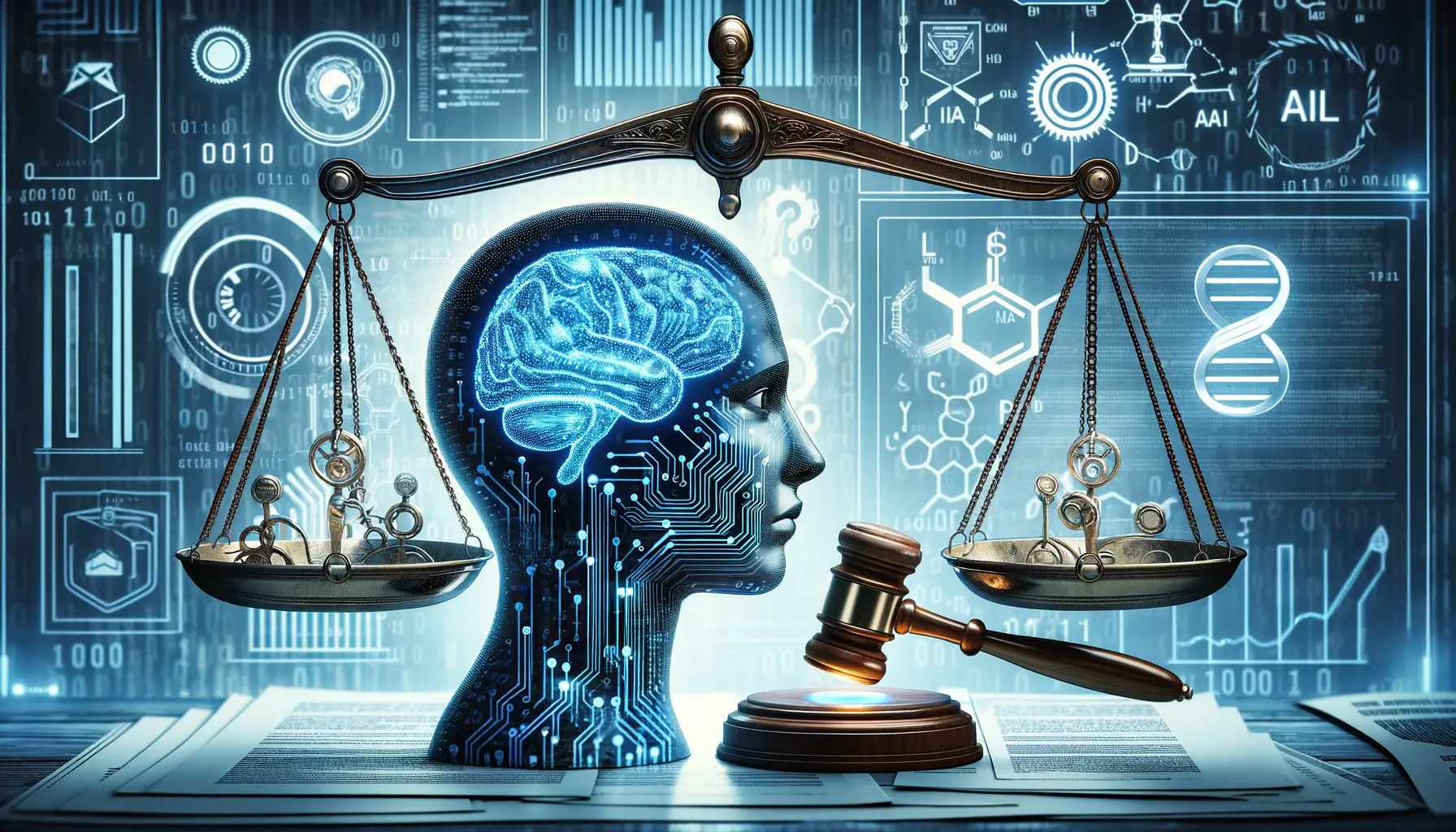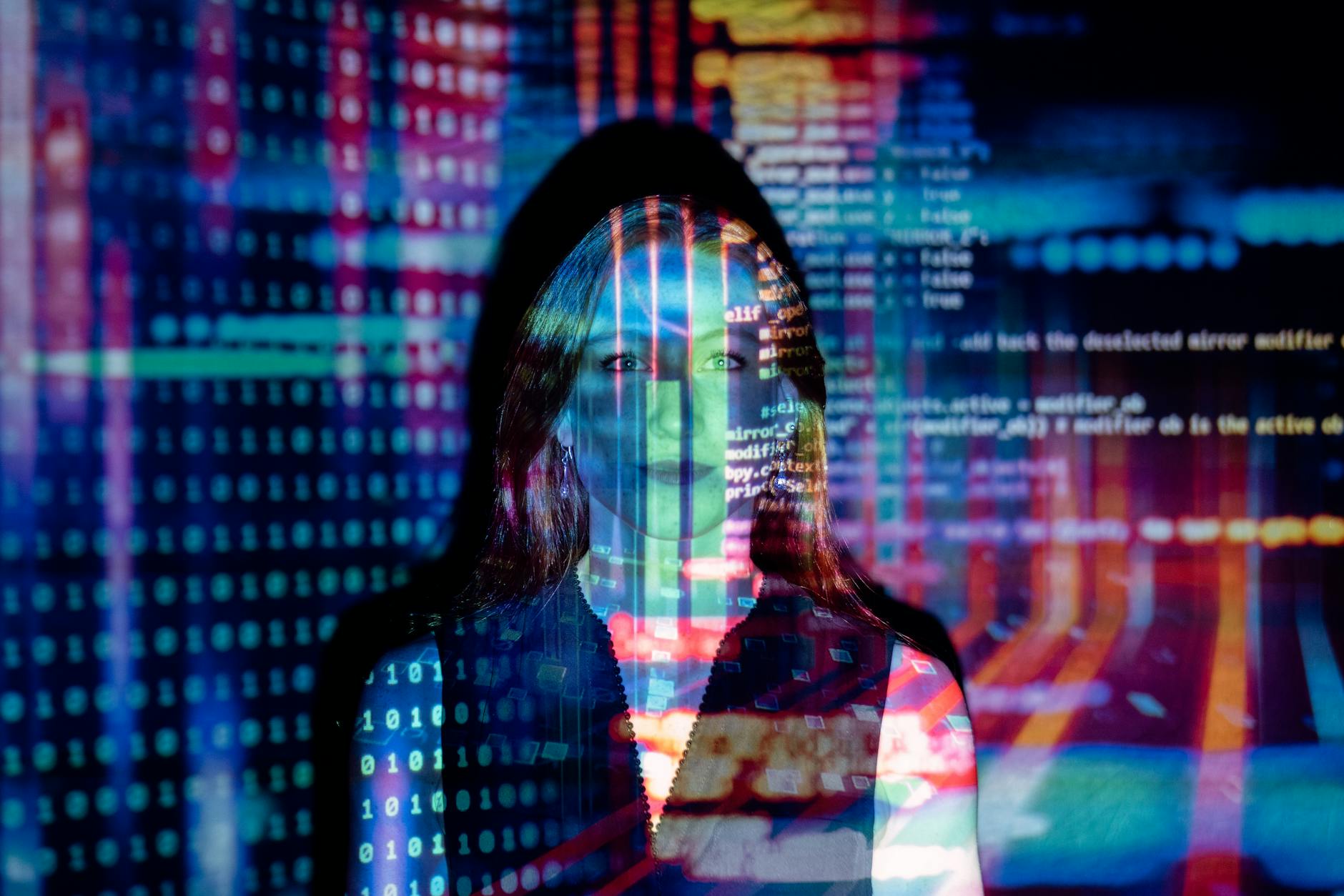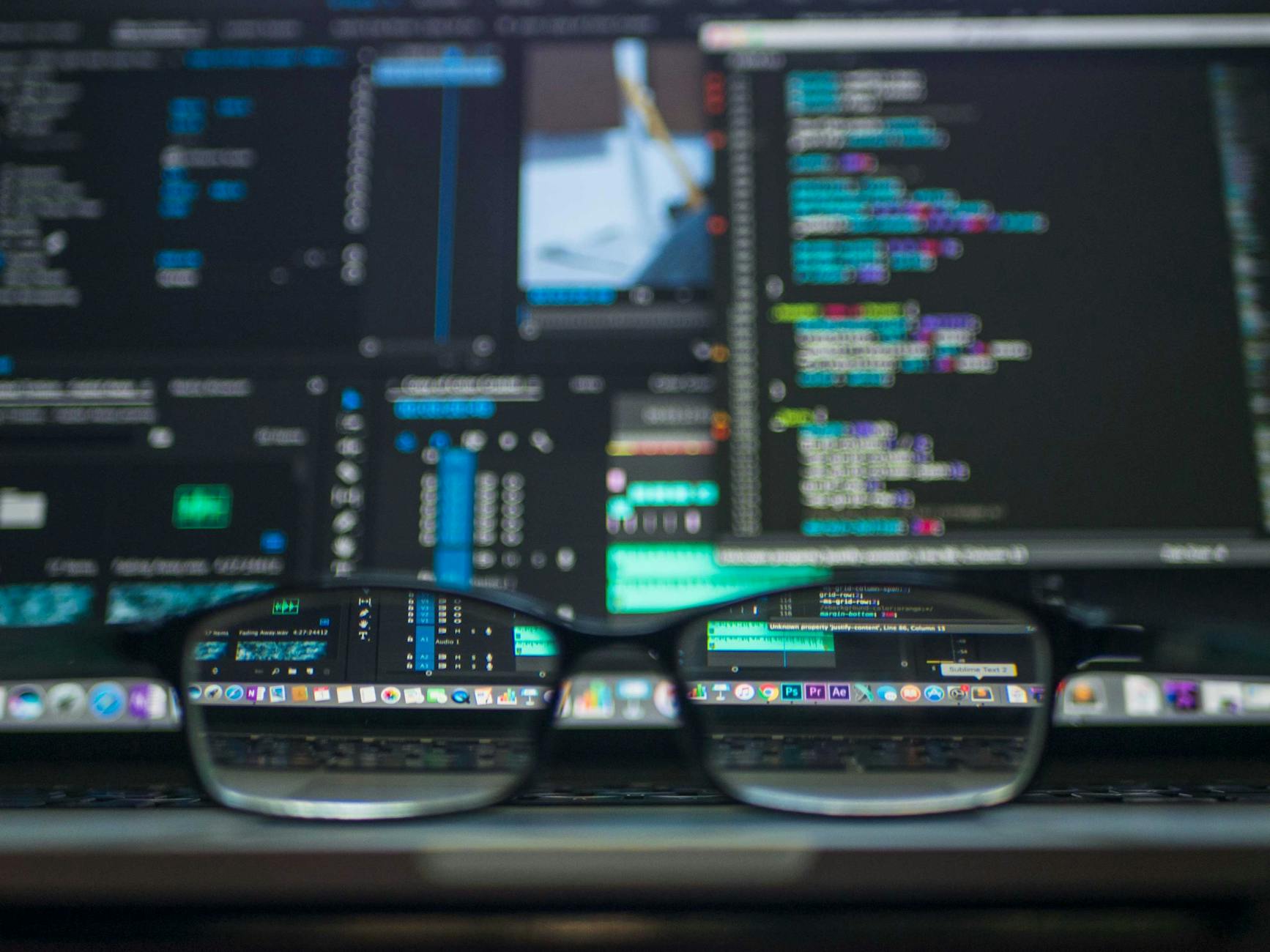1. Introduction
The fast evolution of Artificial Intelligence (AI) constantly raises difficult questions about how intellectual property (IP) regulations should apply to AI and the content that AI creates.
The extraordinarily quick growth of this technology is nudging businesses towards self-regulating strategies based on ethical principles. IP remains one of the most important and debated matters in the area of AI governance. The following sections review some of the main global trends at the meeting point of AI and IP.
Initially, we anticipate governments worldwide will seek to strike a balance between encouraging AI development and innovation while concurrently striving to modernize IP and AI legal frameworks to fit with the technology. Jurisdictions everywhere are under pressure to achieve both of these things, whilst addressing difficult issues such as international IP infringement involving AI systems and the worldwide spread of non-standard AI laws. Despite this, certain governments, such as New Zealand, have chosen a "light-touch, proportional, and risk-based" regulatory method, aiming to provide assurance and promote AI development in the country, with the view that current laws are already adequate safeguards, meaning extra regulatory involvement is only needed to enable innovation or address immediate risks.
AI usage continues to grow, and 2025 is expected to see a greater variety of commercial applications across all sectors. Given the IP challenges, businesses that are utilising AI technologies have to plan to navigate the evolving intellectual property landscape. As the legal structure surrounding AI continues to develop, companies must ensure they avoid copyright breaches, while effectively safeguarding their own IP assets. Gaining a clear comprehension of how present laws apply to AI technology and keeping up to date with legal advancements will be crucial for businesses seeking to responsibly innovate and protect their intellectual property in an AI-driven economy.
In 2025 and onward, we anticipate further integration of AI tools by rights holders and advisors. These tools are intended to streamline manual processes and quickly identify and deal with infringement risks. Important team members should benefit from access to, and analysis of, big volumes of data which can be used to improve their IP decision-making processes. However, even though AI boosts efficiency, human oversight remains necessary.
2. Rights in input data used to train AI models and infringement of IP
Training generative AI involves utilising significant amounts of IP-protected works in methods that might breach existing laws. Governments eager to "unlock" the potential of generative AI are now more often considering legislating to allow text and data mining (TDM) of IP-protected data in order to train AI. Some jurisdictions, however, have delayed taking action on organisations training AI without permission or acknowledgment of the IP-protected data they used.
The intellectual property within the data used to train AI models is increasing as a subject of legislative debate and is now a key issue in the cases that have swamped courts around the world.
It's a very debated subject - whether using copyright-protected material to train AI models infringes copyright. Training AI using personal data or protected IP presents challenges to lawmakers globally.
A trend anticipated over the upcoming year is, therefore, increasing regulatory scrutiny of organizations that generate or utilize AI technologies trained using (i) personal data and/or (ii) information/data protected by IP rights. Regulators globally are paying greater attention to balancing the benefits of AI against concerns about personal data and the protection of IP, and this will continue into 2025 and beyond. As an example, the newly-elected Labour government in the UK, elected in 2024, has pledged to introduce specific legislation addressing AI in 2025, expected to provide greater clarity on these IP matters, after the earlier government's proposals to introduce legislation to enable more extensive data usage to train AI models were rejected due to negative feedback from the creative sector.

Generative AI has initiated various copyright lawsuits globally.
For instance, in the United States, authors and news publishers have sued OpenAI, Microsoft, and others over their large language models (LLMs), claiming that their training processes and/or their outputs involve unauthorized copying. Artists and a photo aggregator have sued graphic generators like Stability AI, making similar claims. A prominent case likely to provide guidance on these issues currently progressing through the English court system is the Getty Images v Stability AI case. In this matter, Getty claims copyright and database infringement as a consequence of Stability AI downloading and storing Getty's images on Stability AI's server to train its system. The case also brings up questions concerning the function of user input in creating images and whether any legal exemptions to infringement might apply.
Music publishers assert Anthropic’s AI system routinely reproduces copyrighted lyrics.
Computer programmers allege that OpenAI and Microsoft's usage of code posted on GitHub to train AI coding assistants is outside of the permissible scope of that code's use.
And a legal research database company argues ROSS Intelligence’s AI tool wrongly copies the database’s case summaries.
As of the time of writing, none of these cases in the US have yet proceeded to trial. In pretrial proceedings in the US, the courts have generally aimed to focus the disputes on core issues of copying and fair use, and the courts have dismissed numerous subsidiary claims, many of them asserting technical violations of the US Digital Millennium Copyright Act (DMCA).
We anticipate that many cases are likely to eventually depend on the precise specifics of the training methods, the level of similarity of AI model outputs to copyrighted works, and the fair use factors.
In numerous jurisdictions, copyright can be infringed when a person performs any of the restricted actions concerning all or a substantial part of a work. In certain situations, if the data benefits from copyright protection, training an AI platform using the data is likely to represent copyright infringement.
Numerous jurisdictions do not have a fair dealing exception related to such copyright infringement, although some, such as the UK and Australia, provide exceptions for specific activities.
In the UK, for instance, there is an exception for text and data mining (TDM), even though its use is limited. In certain countries there is no TDM exception, and the relatively strict fair dealing exceptions are unlikely to provide a safe harbor. The same protection may not be offered to confidential data or trade secrets.
By contrast, the Hong Kong Government lately began consultation for introducing a specific copyright exception for the reasonable use of copyrighted works in data mining and AI model training.
In the US, fair use is a complex and adaptable legal concept where courts analyze the purpose and character of the use, the nature of the copyrighted work, the volume and substantiality of the portion used, and the effect of the use on the potential market or value of the copyrighted work. As with previous technological revolutions, the US Supreme Court may eventually weigh in with a wide statement on fair use in generative AI.
Evidence of a tendency to enable TDM is growing – Singapore, for example, amended its copyright regulations recently to address complex infringement issues, including those emerging from the design and implementation of machine learning models. Among the key amendments was the introduction of a new exception to copyright infringement for the aim of “computational data analysis”. This exception allows using large databases of materials as training input for machine learning models without needing to seek permission from each rights owner. This provision is largely similar to TDM exceptions in other jurisdictions but broader in scope, as it (i) applies for both commercial and non-commercial purposes; and (ii) cannot be excluded or restricted by contract. How the courts will apply it in the context of AI remains to be seen.
However, major issues persist, specifically concerning copyright ownership of AI-generated works.






Comments (0)
No comments yet. Be the first to comment!